The half-man and half horse creatures originate from the oldest Greek
mythology and likely older lost origins. Like many myths from antiquity,
multiple origins of the creature exist, obscuring the original narrative, but
scholarly speculation tends to focus on the centaur as a symbolic
liminal creature caught between states of “humanity” and “animal-like” or
“civilized” and “barbaric”
(Nash, 1984). In most literary interpretations, the centaur represents the
division of beastly or animal like tendencies vying with more refined and
logical attributes of humans. The duality of the centaur has all but lost
symbolic potency in modernity, leaving intact the cultural importance
surviving only as an idiomatic motif of modern fantasy literature.
The Centaur Symbol
The centaur’s liminal quality is perhaps one of the oldest views of the
duality of human spirit and mind.
One of the earliest stories tells of Cronus, the father of Zeus, who took
stallion form to, “keep his wife Rhea from observing his sexual assault on
Philyra,” giving birth to the centaur Chiron, or “because Philyra had
transformed herself into a mare to escape Cronus,” resulting in the birth of
the centaur. Accounts such as these producing liminal creatures are common in Greek
mythology including
Pan, who in the account by Apollodorus of Athens in “The Library, Volume
2”, recalls several accounts of Pan being Penelope’s child, fathered by all the
suitors, who Odysseus kills upon arriving home. Similar to Pan,
the Centaur’s origin is almost always attributed to some form of union
wrought in emotional appetite
or indiscretion that supplants reason.
In another account, translated by John Tzetzes, in the the centaur is born of the indiscretion of Ixion Pleugos who tried to force
himself upon Hera and was tricked by Zeus into revealing the truth and
punished,
And Zeus, wishing to know the truth,
Made a cloud into an image of
Hera and led it to Ixion.
He lay with the cloud resembling Hera,
And fathered a child named Centaurus, a disfigured man who,
Mixing with horses in Pelian places,
Brought forth the
part-horse Centaurs.
These early narratives of the Centaur’s origin trace the centaur’s symbol as
human duality between appetite and reason, which over time has continued to
fade in potency as more realistic symbols have replaced the myth.
The Death of the Centaur
The death of the Centaur’s symbolism has occurred over thousands of years as
less reductive views of human nature flourished. Throughout history the
Centaur has been a cultural inspiration as the symbolism of human duality of
nature remained relatively static. The earliest of accounts of Chiron best
represent the longevity of the centaur in cultural meaning.
Many descriptions of the centaur describe a creature given to violence and
appetites: war, stealing nymphs. Chiron, in early and late antiquity, is
reflected as the wise centaur who rose above his beastly nature giving himself
to rational thought. He is the educator of many Greek heroes of the Epic Cycle
known for teaching Achilles the lyre. Chiron is the ideal state of man in some
sense because he represents the person who has overcome his appetites. This
view appears in throughout Greek and Roman art both early and late antiquity.

(Chiron teaching Achilles how to play the lyre, a Roman fresco from
Herculaneum, 1st century AD., n.d.).
Public Domain
The Greek and Roman art mostly depicts the Centaur as either the wise Chiron
or as a beast given to impulse (Nash, 1984). This view of the Centaur is
consistent until early Medieval art begins depicting the Centaur as symbol of
evil. Given the nature and mythical symbolism of the Centaur, this
interpretation is consistent with the rise of Christianity.
In the story, “Life of St Anthony the Great” by Athanasius of Alexandria
the saint is challenged by a centaur who admits the death of the old gods
when faced with the faith of Anthony. Christianity’s influence changed the perception of the centaur from a theme
of striving to overcome nature to a more externalized view of the centaur as a
force of sin overcome through faith. This view remains in art but with the
rise of education and industry it is likely that the original view of the
centaur repopulated culture as the creature is reprised in art and fantasy
novels clearly seen beyond 1800 (Nash, 1984). Some of the more famous centaur
illustrations in literature are featured in books such as the Chronicles of
Narnia and The Harry Potter Series which both depict the creatures similarly
to the original Greek symbolism as civilized creatures but with a propensity
to emotionalism. However, modern cultural references are mostly confined to
science fiction and fantasy as the influence of Christianity likely made the
creature less palatable as an offspring of indulgence or sin. Equally
impactful in the decline of the Centaur in popular culture is the movement
away from reductivism.
With the advent of modern psychology and advancement of critical theory, views
of human nature became more complex. Freud provided more robust views of human
nature, theorizing the relation of conscious and subconscious rather than a
choice between rationality and emotion. More to the point, Freud alters the
paradigm of myth from one of relating a morale or ethic to a vision of human
nature: an unconscious pool of desire and taboos that cannot be voiced in
society. In this Freudian view, the Centaur is not an emotional vice to be
overcome but instead an intrinsic part of human nature to be understood, thus
opening the door to scientific analysis of human nature but also a different
interpretation of myth. Referring to the aforementioned discussion of Pan,
the emerging field of psychology becomes a new literary critique lens,
Freud and other psychologists would focus especially on the dreams of
Penelope, particularly the dream in which the goddess Athena suggests the
contest of the bow. Such a dream can be interpreted as Penelope’s subliminal
yearnings to control her own destiny by establishing the terms of her
remarriage. At the same time, the dream expresses her subconscious refusal
to accept such remarriage, except to her long-absent husband Odysseus. The
arrow which Odysseus shoots from the bow in this contest means death for the
suitors but sexual and personal gratification for Penelope. Elements of
religion and cult in the myth of Penelope are less evident.
This shift in critical interpretation of myth fuels the decline in the
centaur’s prevalence in culture as more psychological and feminist views
arose,
While there is certainly no evidence that this tale derives from some
long-forgotten ritual, the close parallels between Penelope and Athena in
the myth of Odysseus are striking. Both goddess and wife use their cunning
to advance the interests of Odysseus. Penelope is Odysseus’ human ally, much
as Athena is his divine sponsor. The identification of Penelope with
divinity is made more explicit in a post-Homeric tradition that Penelope was
not faithful to Odysseus in his absence but slept with all 129 of her
suitors and gave birth to the god Pan.
As seen in both examples of Freudian interpretations of the story of Penelope
and Pan, the Centaur’s relevance become even more obscured. With the
development of
trait theory, and the measuring human cognition and attitudes, this complexity of nature
becomes further removed from the symbolism of the centaur in the measure of
behavior and attitudes via distinctive traits. In modern theory, the centaur’s
symbolic struggle of self becomes antiquated giving rise to far more robust
characters in literature and descriptions of internal struggle. Essentially,
the centaur no longer represents the inner conflict of humanity being dated.
Perhaps adding to this complexity is the unbelievability of the centaur.
Whereas other creatures have remained popular in culture such as Bigfoot or
witches, the centaur has no evidence and no credibility in a scientific sense.
The concept of any creature through cross-species breeding is known to be
impossible by normal means, doubtful by extraordinary means such as lab grown
centaur, and this is perhaps why the centaur is relegated to plot-driven
science fiction and fantasy rather than literary fiction as science and
knowledge continue pushing the centaur further human nature's symbolism.
From Symbolic to Idiomatic Motif
Modern versions of the centaur are in most instances idiomatic motifs of
fantasy that sometimes express their old symbolism. In the
The Gaea Trilogy
by John Varley there are centaurs aliens who are hermaphrodites that share the
skill of music with the original Chiron. The book The
Neverending Story
by Michael Ende there is a doctor centaur, Cairon, whose name and profession
alluded to the myth of Chiron. There are many examples of the appearance of
the centaur in pop culture but this appearance is less impactful as the most
characters are a form of window dressing or idiomatic motif in the case of
fantasy literature. Having a centaur in a modern fantasy novel is as
ubiquitous as a dwarf or elf. While traits may change or some skill or
attribute the creature is relatively the same,
shifting from one book to the next, representing the fantasy rather than a
theme.
This same slow death of symbolism can be seen in the
Xena: Warrior Princess, television series, which depicts centaurs which are allies but could just
as easily be some other mythological character. Similarly, In
Futurama: Bender’s Game, Leela is depicted as a centaur but not as symbolic of human nature but as a
satirical element in comedy. Perhaps the clearest example of the death of the
centaur reveals in the art of Bill Willers,
a professor of Biology at the University of Wisconsin-Oshkosh, who created
skeletal remains of a centaur
made of human bones and a Shetland pony. The exhibit’s intention was to
encourage critical thinking skills in people.
Perhaps Willers made something more meaningful than intended as this artwork
clearly distinguishes the real from unreal by using the mythical centaur. This
shift away from meaning in the centaur reflects the lack of importance given
to the creature’s symbolism. Despite this loss of meaning, understanding the
centaur’s symbolism in literature and art still provides insight in literary
criticism as it draws a line between modern and antiquated views of human
nature.
Chiron teaching Achilles how to play the lyre, a Roman fresco from
Herculaneum, 1st century AD. (n.d.). Wikimedia Commons
 Question? Comment? Rebuttal?
Question? Comment? Rebuttal?
Copy the article's title or link to send with your response.

ARTICLE
June 14, 2024
Fallacies & Rhetorical Devices: Thank You for Smoking
How rhetoric uses indirect argument, emotional appeals, and rhetorical questions to convince the audience. Despite the lack of concrete evidence or counterarguments, audiences are receptive to these persuasive techniques, demonstrating the power of rhetoric in influencing opinions and the importance of critical analysis to avoid being misled by flawed reasoning.
READ
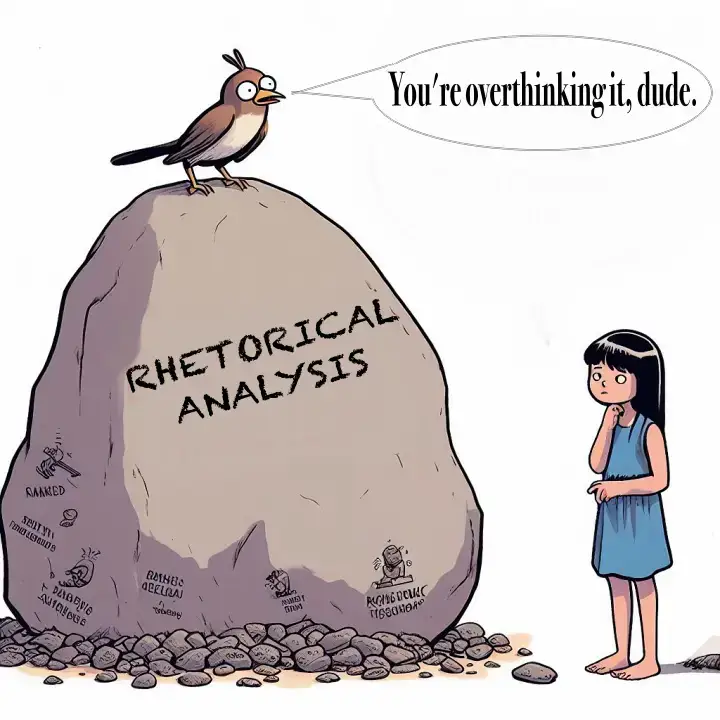
ARTICLE
November 15, 2023
A Complete Guide to Understanding & Using Rhetorical Analysis
Writers can improve their ability to influence their audience by studying how different media, like film, writing, symbols, and speeches, communicate and shape meaning. This is the goal of rhetorical analysis.
READ

ARTICLE
November 10, 2023
Leprechauns: The Modern Iteration
A leprechaun is a small, bearded, and green-clad man from Irish folklore who has magical powers, such as granting wishes or hiding a pot of gold at the end of a rainbow. While other mythical creatures, such as vampires, have changed drastically over time and media, the leprechaun has remained largely consistent with its original depiction. The contrast between the ancient tale of “The Adventure of Fergus son of Léti” and the modern movie, Leprechaun, shows how the leprechaun has evolved, but also how it has preserved its core features.
READ
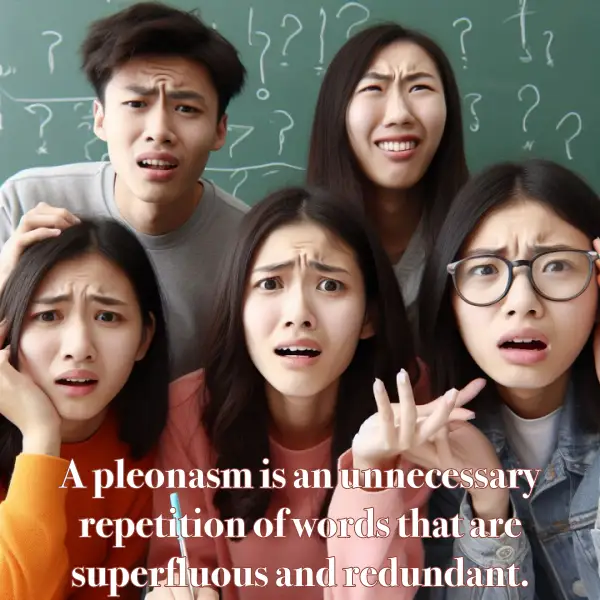
ARTICLE
October 31, 2023
Streamline Your Writing: A Pleonasm Survival Guide
Writing concisely and impactfully is a skill that can be mastered with practice and attention to detail. One of the key aspects of concise and impactful writing is avoiding pleonasms, which are unnecessary words or phrases that dilute your message. Learn how to identify and eliminate pleonasms, how to avoid common pleonasms, and how to edit and proofread your content to eliminate pleonasm.
READ
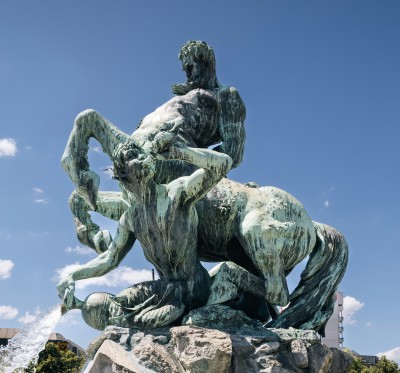
ARTICLE
October 28, 2023
Death of the Centaur in Modern Literature
Centaurs are half-man and half-horse creatures that originate from ancient Greek myths. The article examines how centaurs once embodied the tension between the civilized and the barbaric aspects of humanity, and how their symbolism became an idiomatic motif of fantasy and science fiction.
READ

ARTICLE
October 4, 2023
The Power of Narrative: A Comprehensive Guide to Defining Narratology
Discover the fascinating world of narratology and its impact on literary analysis. Explore the intricate narrative structures and theories of Mikhail Bakhtin, shedding new light on the art of storytelling.
READ
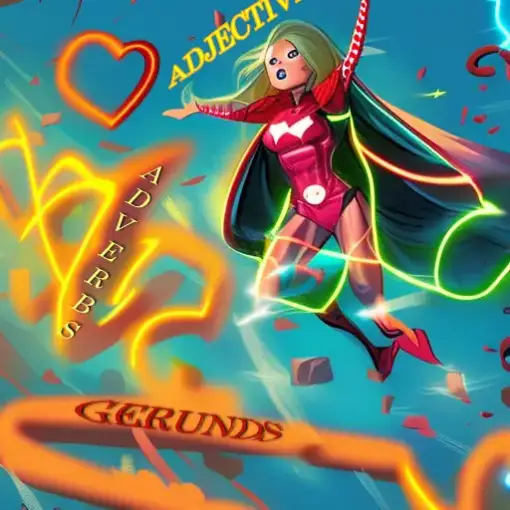
ARTICLE
October 4, 2023
Boost Your Creative Writing Skills with Action-Packed Gerunds, Adjectives, & Adverbs
Learn how to pack your fiction with action and captivate your readers from the very first page. Discover the importance of action in writing and explore the power of gerunds, adjectives, and adverbs in creating dynamic and engaging prose. Discover how to use gerunds to add action to your writing, enhance your descriptions with descriptive adjectives, and power up your prose with impactful adverbs. With examples, tips, and exercises, this article is a valuable resource for any writer looking to elevate their storytelling skills.
READ

ARTICLE
October 3, 2023
How to Embark on The Write Journey to Writing Success
To become a successful writer, one must navigate a path filled with ups and downs. This journey requires determination, hard work, perseverance, and a lot of luck. Setting clear objectives is the initial step toward accomplishing success. With daily writing practice, one can develop their skills and derive pleasure from the process. Overcoming distractions at home is vital for maintaining a consistent writing routine. Drawing inspiration from diverse sources can spark creativity and keep the writing process thrilling. Ultimately, embarking on the journey to become a writer is a personal and transformative experience that necessitates dedication and introspection.
READ

ARTICLE
September 27, 2023
Exploring Human Existence: Writing from an Existential Perspective
Examine the philosophical and literary movement of existentialism, which seeks to understand human existence in an absurd and irrational world. The author explains the key concepts of existentialism, such as existence precedes essence, freedom, and responsibility, and how they influence the writing of existentialist authors. The author also analyzes the role of religion, especially Christianity, in existentialist thought and writing.
READ
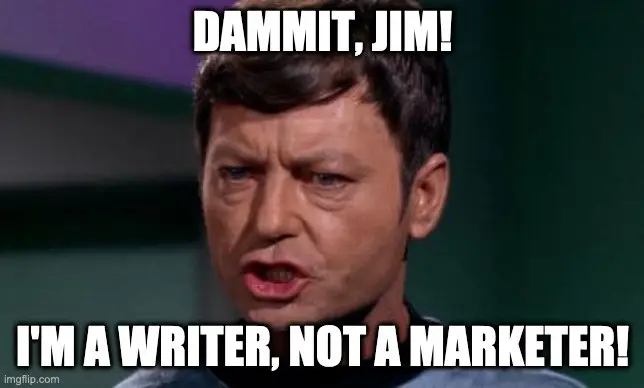
ARTICLE
September 22, 2023
Why you won't sell books on Social Media
The Reality of Social Media Advertising for Book Marketing: A Complex Method for Engagement and Effectiveness that Fails to Deliver This article delves into the intricacies of social media advertising and engagement for book marketing. It highlights the limitations of the general assumption that people click on social media ads and make purchases. By understanding the multifaceted nature of social media platforms and the diverse reasons individuals engage with them, the article emphasizes the need for a different approach to advertising books.
READ
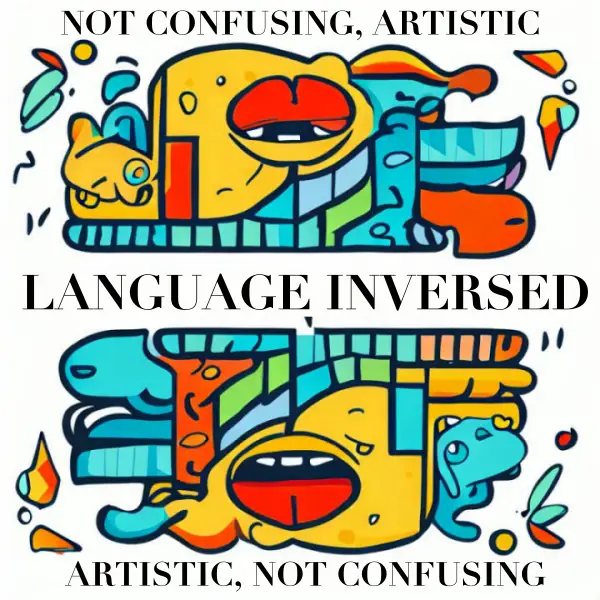
ARTICLE
September 19, 2023
Unleash Your Creativity: Mastering the Art of Writing with Inverse Language Techniques
Learn how to use inverse language techniques to spice up your writing and captivate your readers. This article will show you the benefits, examples, and tips of this powerful writing tool.
READ
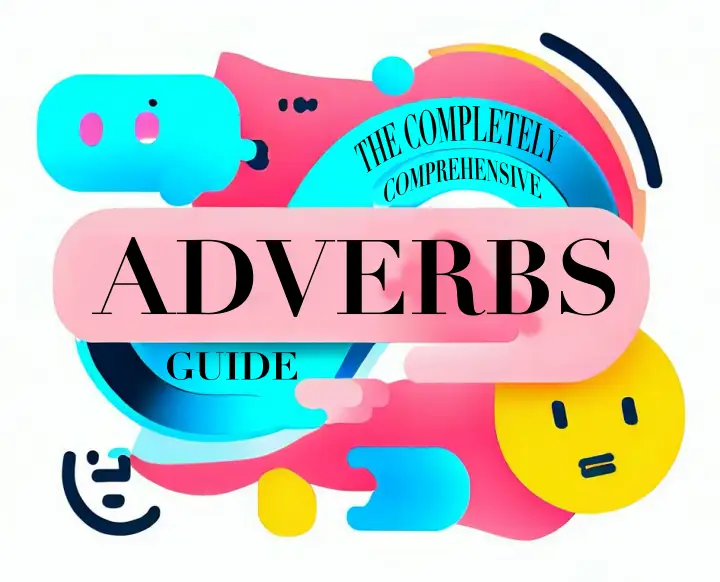
ARTICLE
September 18, 2023
Adverbs: Misunderstood, Abused, & Powerful Tools
Adverbs are often misunderstood and abused by writers, but they can also be powerful tools to express yourself. This article explains how to use adverbs wisely and avoid the pitfalls of overusing or misusing them. It also gives examples of how adverbs can add flavor and nuance to your writing, especially in dialogue.
READ
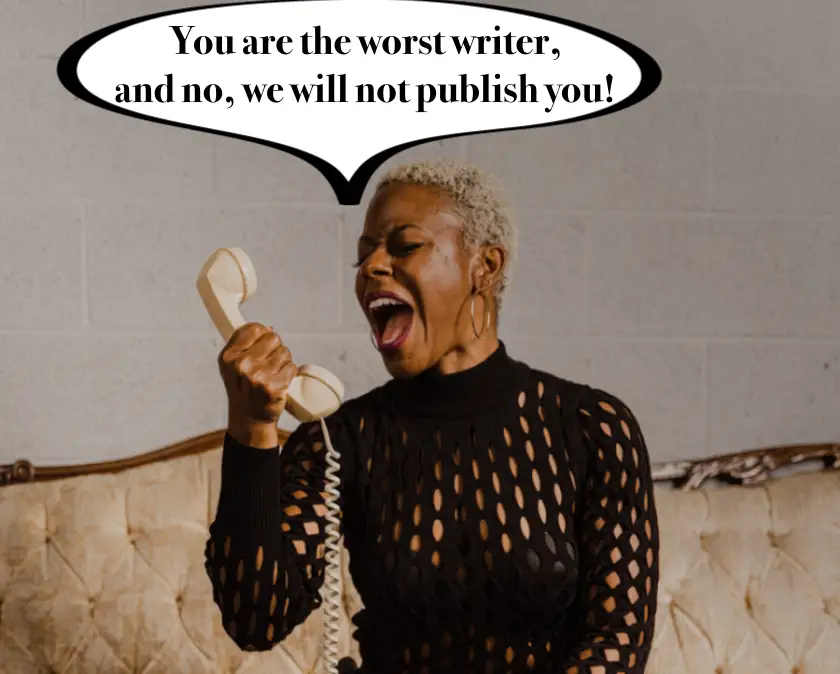
ARTICLE
August 2, 2023
Strategies to Handle Publisher Rejection & Not Give Up The Writing Dream
How do you deal with publisher rejection and keep pursuing your writing dream? It’s not easy, but it’s possible. Learn to handle publisher rejection and not let it stop you from writing. You will explore different strategies and mindsets that can help you overcome rejection, learn from it, and move on with confidence and resilience. You will also learn how to understand the publisher’s point of view and increase your chances of getting published.
READ

ARTICLE
July 31, 2023
How to Deal with Writing Pet Peeves & Learn from Them
What are some of the things that annoy you as a writer? Maybe it’s the grammar police who nitpick every mistake, or the plagiarists who steal your ideas, or the clichés that make your writing boring, or the unrealistic expectations that make you doubt yourself. You will find out how to deal with these pet peeves and turn them into learning opportunities for your writing craft.
READ

ARTICLE
July 26, 2023
Learn to Deal & Not Deal With Writing Critics
What passes as constructive criticism todqy provides no benefit for writers. Telling people to be nice when critiquing work has a blinding effect that adds a positive ring to a sad manuscript. Likewise, literature's trolls dish out banal, useless, opinionated criticism as if they possessed a degree from every ivy league school. Learn what not to do and what comments not to read in the humorous piece about writing and criticism.
READ

ARTICLE
July 7, 2023
How to Avoid Pedantic Editing & Create Original, Stylish Writing
How can writers express themselves freely and creatively in a world where editors and critics enforce strict rules and standards? How can writers revise their work without losing their voice and vision? Discover how to overcome the challenges and frustrations of editing, and how to break free from the constraints and conventions of writing.
READ

ARTICLE
June 11, 2023
Exploring the Depths of Human Experience
A writer reflects on his life experiences and how they have shaped his writing career. He shares his insights on courage, honesty, and self-expression, and encourages other writers to face their fears and write the scariest shit they can think of.
READ

ARTICLE
June 10, 2023
Writing isn’t some mystical mystery
As it turns out, writing isn’t just about putting words on a page. Explore the deeper themes of legacy, reputation, and self-delusion through personal anecdotes, poetry, and introspection. Consider the power and purpose of writing.
READ

ARTICLE
June 9, 2023
Writing's Struggles & Joys - Advice From an Old writer
An old writer’s advice to young writers: don’t think about writing poetry or prose, just write what’s on your mind now. A heartfelt piece about writing and loss, encouraging young writers to write without overthinking.
READ

ARTICLE
April 24, 2023
Learn to Write Mosaic Poetry To Improve All Verse
Working with mosaic poetry can help you become skilled at writing in meter because it allows you to hear how words fit together more effectively when spoken. This practice can lead to the creation of more complex poetry with refined meaning as you learn to incorporate other techniques into your own work.
READ

ARTICLE
April 24, 2023
How Writing Teaches You: The Craft and the Lessons
Learn how the craft of writing teaches you by perpetually teaching, resolving, and articulating your perceptions. This article will show you how writing helps you to develop your critical thinking, creativity, and communication skills. You will also see how writing can enrich your personal and professional life.
READ

ARTICLE
April 24, 2023
Thinking first-person POV is lazy writing isn’t wrong — it’s stupid.
An arguement that third-person POV lacks realness and natural voice, making it difficult for readers to become emotionally invested.
READ

ARTICLE
April 24, 2023
Persuasive Writing: The Key to Successful Writing
Learn why persuasion is the primary goal of writing and how to determine if you write persuasively.
READ

ARTICLE
April 24, 2023
How Ignoring Theme Ruined the Asexual, Female, Blue Alien Story
How do you create a theme for your story? Why is theme important for fiction writing? Learn how theme gives meaning and direction to your story, and how ignoring theme can lead to derivative and inconsistent stories. You will also find out how to use theme as a guide for your worldbuilding and character development, and how to avoid common pitfalls when writing about different cultures and perspectives.
READ

ARTICLE
April 24, 2023
How to Write a Story That Comes True by Lying to Yourself
This author shares a bizarre and hilarious experience of writing a story about a guy who lies a lot, and then having the same guy lie to him by telling him the same story that he wrote, without knowing that he wrote it. The author also discusses the idea that to write a compelling narrative, a writer must convince himself that others believe his lies or story’s fictional elements.
READ

ARTICLE
April 24, 2023
Mimesis: The Secret to Realistic and Engaging Writing
Learn how to use mimesis to write more realistically and engagingly. Mimesis is the imitation of reality in art and literature. This article will teach you how to reduce unnecessary pronouns, narrative distance, and verbosity in your writing.
READ

ARTICLE
April 24, 2023
The Secret of Writing Engaging Free Verse: Syllabic Poetry
Free verse is a common form of poetry with no specific requirements for meter or rhythm. It allows writers freedom but can cause reader engagement issues. Readers may need to pay attention to mechanics such as stanza breaks and punctuation to understand the poem’s meaning. Free verse poems are stylized by individual poets, so readers must study their unique forms and attributes. This need to study requires poetry to be engaging.
READ

ARTICLE
April 24, 2023
How to Stop Undermining Your Writing with Faux Humility
How do you write with confidence and authority? How do you avoid faux humility in your writing? Dpn't write with faux humility because it harms your writing and reinforces ignorance.Find out how to write with facts, logic, and evidence, and how to be open to criticism and feedback. Discover how to use writing as a tool for learning and seeking the truth.
READ
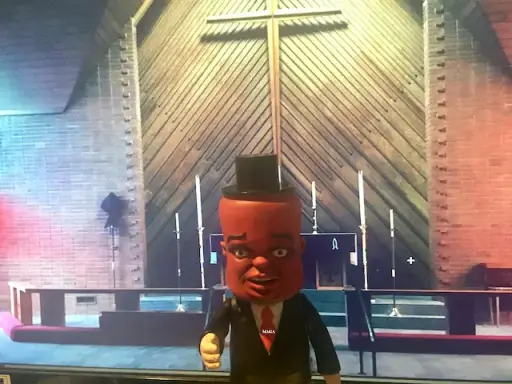
ARTICLE
April 24, 2023
Christians, Christian T. Roll, & Thoughts on Satire
Learn about satire. Satire is a literary genre that criticizes human nature and society. It can bring attention to overlooked issues, advocate for social reforms, and provide new perspectives on issues. Satire can also open up discussions about justice, morality, and stigmas. It is important for writers to understand and learn to use satire to make their writing more persuasive.
READ

 Question? Comment? Rebuttal?
Question? Comment? Rebuttal?





























